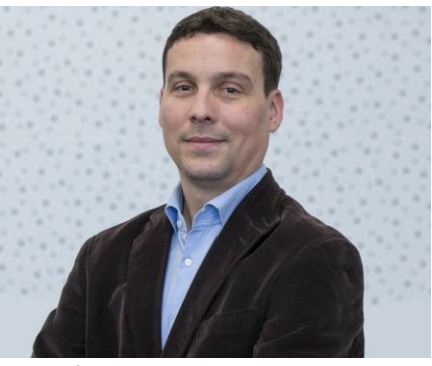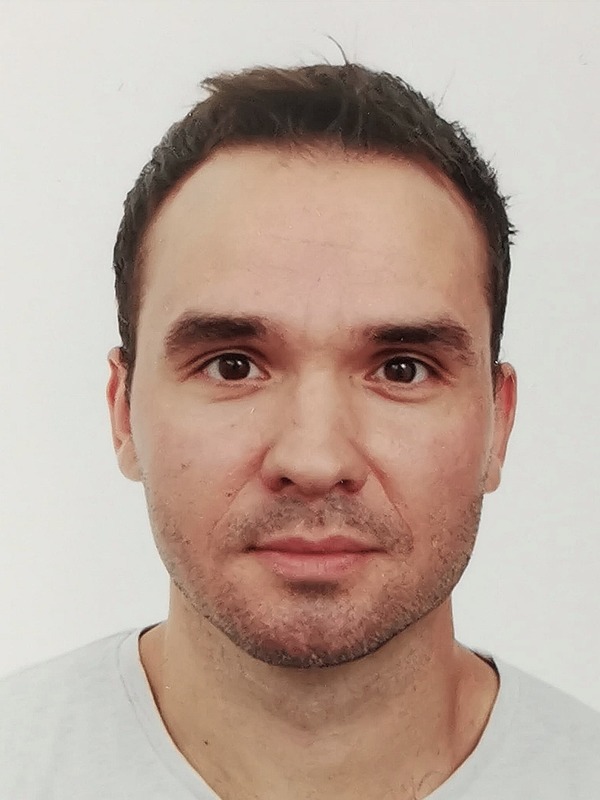Odjel za tehniku u medicini i biologiji
Zavod za elektroničke sustave i obradbu informacija Sveučilišta u Zagrebu Fakulteta elektrotehnike i računarstva (FER), Hrvatsko društvo za biomedicinsko inženjerstvo i medicinsku fiziku (HDBIMF) i Odjel za tehniku u medicini i biologiji (EMB18) Hrvatske sekcije IEEE pozivaju vas na predavanje
"Electrical Tissue Property Imaging"
koje će održati profesor Eung Je Woo, voditelj Impedance Imaging Reserch Centre (IIRC) na Sveučilištu Kyung Hee, Seoul, Koreja.
Predavanje će se održati u srijedu, 16. studenog 2016. godine u 11:00 sati u Knjižnici Zavoda za elektroničke sustave i obradbu informacija.
Posebno pozivamo studente preddiplomskog, diplomskog i poslijediplomskog studija. U nastavku slijedi kratak sažetak predavanja i životopis predavača.
Abstract: The human body is an electrically conducting object with various ions and charge-carrying molecules in complicated structures of cells, tissues and organs. Endogenous currents are generated from excitable cells and exogenous currents can be injected or induced by man-made devices. Inside the human body, there exist electric and magnetic field distributions, which are commonly expressed as voltage, current density and magnetic flux density. In bioelectromagnetism, we study the interplays of these quantities related with structure, pathology, function and metabolism of cells, tissues and organs.
There are numerous research opportunities and challenges when we view bioelectromagnetism as a tool for imaging. We should non-invasively measure the voltage, current and magnetic flux density data with high signal-to-noise ratio and sensitivity. Innovative new sensing methods are being developed using electrodes and coils with various configurations. Not only presenting and analysing these measured data, we can also reconstruct cross-sectional images of electrical conductivity and permittivity distributions inside electrically conducting objects from the data.
Electrical impedance tomography (EIT), magnetic resonance electrical impedance tomography (MREIT) and conductivity tensor imaging (CTI) are three imaging methods of interest in bioelectromagnetism. In EIT, electrical currents are injected into an electrically conducting object such as the human body and induced voltages are measured on its surface to produce cross-sectional images of internal conductivity and permittivity distributions. Clinical applications of a portable EIT system may include real-time imaging of lung ventilation and perfusion, real-time imaging of cardiac functions, abdominal fat imaging, upper airway imaging and sleep apnea monitoring and others. MREIT utilizes an MRI scanner to produce high-resolution conductivity and current density images. Its applications may include early-stage tumor imaging, temperature imaging, electric field imaging during electroporation and current density imaging during deep brain stimulation (DBS), transcranial dc stimulation (tDCS) and others. CTI is a new electrodeless conductivity tensor imaging method, which can be easily implemented in a clinical MRI scanner without added hardware for current injection. CTI is expected to find numerous clinical applications as a new diagnostic imaging method. Technical details, experimental validations and applications of EIT, MREIT and CTI in clinical medicine and also biotechnology will be discussed.
Eung Je Woo is currently Professor of Biomedical Engineering, College of Medicine, Kyung Hee University. From 1999 to 2014, he was Professor of Biomedical Engineering, College of Electronics and Information, Kyung Hee University. From 1990 to 1999, he was Assistant and Associate Professor of Biomedical Engineering, College of Medicine, Konkuk University. He received BS and MS degrees in Electronic Engineering from Seoul National University in 1983 and 1985, respectively. In 1990, he received PhD degree in Electrical and Computer Engineering from the University of Wisconsin-Madison. Since 2002, he has been the Director of the Impedance Imaging Research Center (IIRC) at Kyung Hee University. His primary research interests include biomedical instrumentation and impedance imaging methods such as EIT, MREIT, MREPT and CTI. He teaches undergraduate and graduate courses on bioelectromagnetism, biomedical instrumentation, impedance imaging and inverse problem. He has been the member of the KOSOMBE and IEEE EMBS for more than 30 years. He has actively participated in organizing numerous international conferences. In 2006, he was the SPC chair of the WC2006. He is the program chair of the IEEE EMBC17 in Jeju Island.


